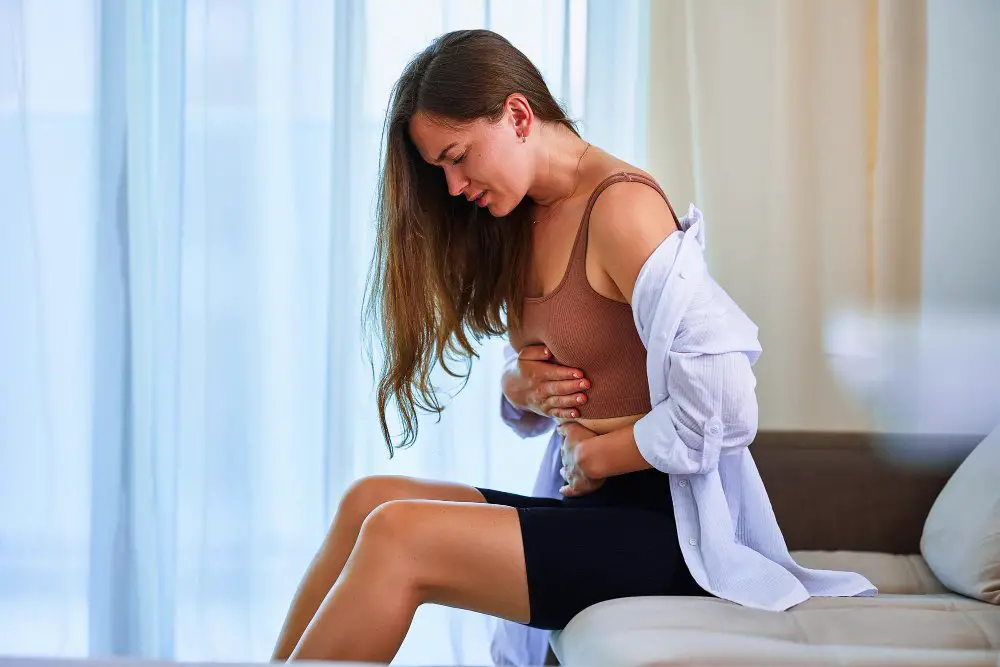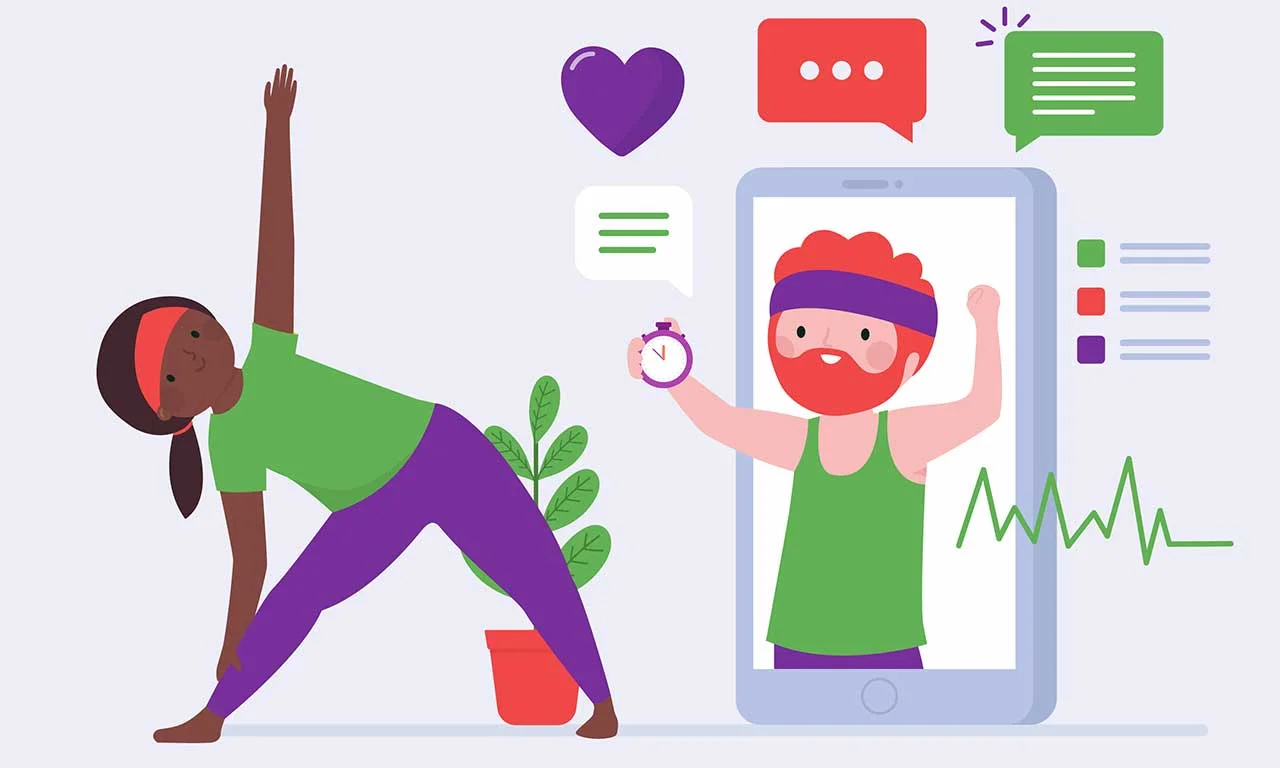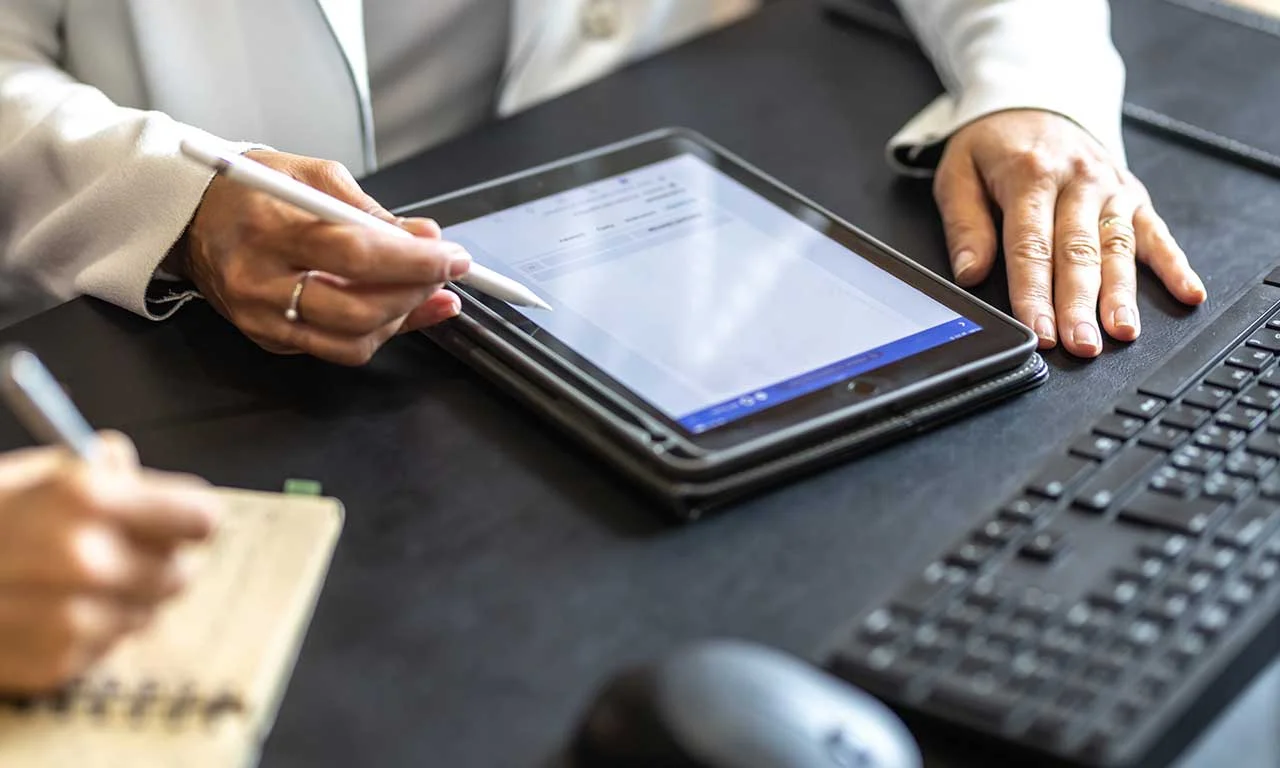Abdominal pain – such a dreaded feeling, especially when it’s in the upper or lower area. It can disrupt your day and leave you feeling uneasy. This type of pain can range from sharp and intense to dull and intermittent and may come with symptoms like bloating, nausea, vomiting, or changes in bowel movements.
The causes can be anything from digestive issues to muscle strains, or possibly something more serious. However, knowing precisely where the pain is occurring can help with diagnosis and treatment. Therefore, It’s crucial to seek emergency room assistance if the pain is severe or comes with worrying symptoms.
In this guide, we’ve got you covered with everything you need to know about abdominal pain causes and, most importantly, how to get some relief.
Common Triggers of Lower Abdominal Pain
Abdominal pain can come in different forms, all of which can be pretty unpleasant. Want to know more? Check out these common causes of lower abdominal pain:
Menstrual cramps: Ladies, we know it’s no fun but those sharp pains in your lower abdomen during your period are pretty normal. It just means your uterus is doing its thing and shedding its lining.
Gastrointestinal disorders: From IBS to constipation and gastroenteritis, these issues can really mess with your bowels and cause some serious pain in the lower belly. Eating habits and stress can make them worse.
Urinary tract infections: When bacteria invade your bladder and urethra, you may feel a burning pain when peeing and have a strong urge to go all the time. And, sorry to say, you might spot some blood in your urine too.
Appendicitis: When you have lower-right abdominal pain that’s sharp and intense, and won’t go away, you may need to rush to the hospital. Appendicitis can be life-threatening if left untreated.
Hernias: A hernia can happen when a bit of tissue or an organ pops through a weak spot in your belly. So if you experience painful bumps or bulges around the affected area, you might want to avoid intense physical activities.
Tips to Relieve Lower Abdominal Discomfort
- If you’re dealing with muscle cramps, try using heat like a heating pad or hot water bottle on the painful area. It’s a great way to soothe and reduce pain.
- Feeling stressed? Relaxation techniques like deep breathing or meditation can help alleviate gastrointestinal symptoms.
- Don’t forget to stay hydrated and eat a fiber-rich diet to keep things moving smoothly in your gut.
- And if you need pain relief, make sure to chat with a healthcare professional first before reaching for over-the-counter meds like ibuprofen or acetaminophen.
Common Triggers of Upper Abdominal Pain
Do you experience burning pain in your upper abdomen? It could be a
Gastric Ulcer: An open sore that forms on the stomach lining.
Gallstones: It’s a hard deposit that can cause severe pain after consuming fatty foods.
Gastroesophageal Reflux Disease (GERD): GERD: A chronic condition where stomach acid flows back into the esophagus and causes discomfort in the upper abdomen.
Pancreatitis: If your pain persists and radiates to your back, it could be pancreatitis, which requires medical intervention and careful management.
Jaundice And Fatigue: If you’re also experiencing jaundice and fatigue, liver disease like hepatitis, cirrhosis, or fatty liver disease might be the culprit.
Don’t ignore these symptoms – seek medical attention to properly diagnose and treat the underlying condition.
Tips to Relieve Upper Abdominal Discomfort
Avoid foods and beverages that can trigger discomfort, such as spicy or acidic items, alcohol, and caffeine. Consume smaller, more frequent meals to prevent excessive stomach acid production. Elevate your head while sleeping to reduce nighttime reflux. Maintain a healthy weight and engage in regular physical activity to support overall digestive health.
When to Seek Medical Attention
While most cases of abdominal pain can be managed with home remedies and lifestyle changes, there are instances when medical attention is necessary. You should consult a healthcare professional if:
The pain is severe, persistent, or worsening over time. You experience accompanying symptoms like fever, vomiting, or blood in the stool. There is a sudden onset of intense pain, particularly in the lower right abdomen (which could be a possible sign of appendicitis). The pain is associated with trauma or an accident.
Final Words
Lower and upper abdominal pain can significantly impact your well-being, but there are various strategies to find relief. By understanding the common triggers and implementing lifestyle modifications, you can take control of your symptoms. However, if the pain persists or becomes severe, it is crucial to seek medical attention for a proper diagnosis and treatment.


















